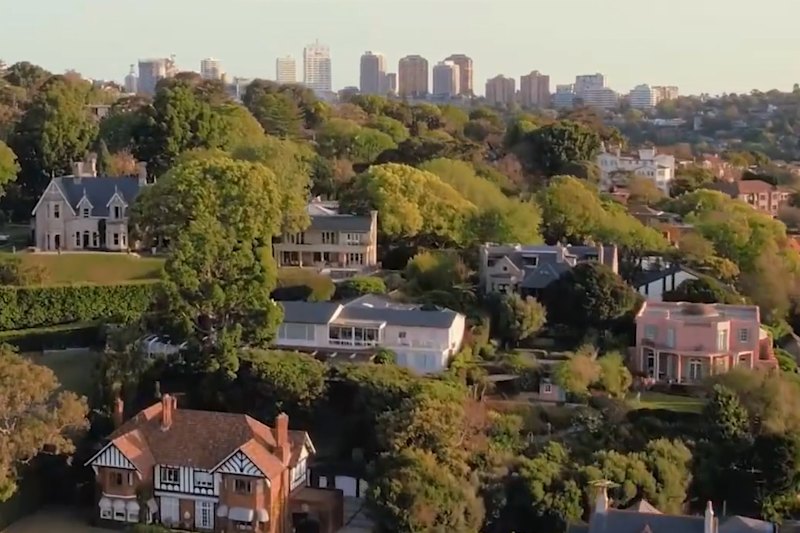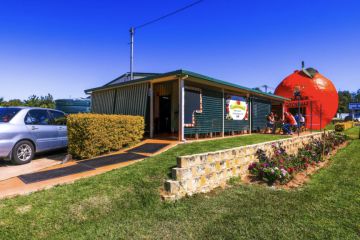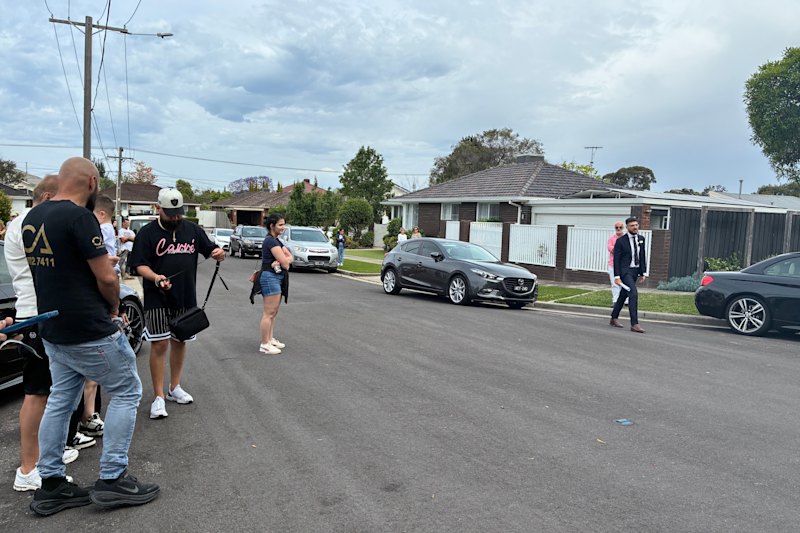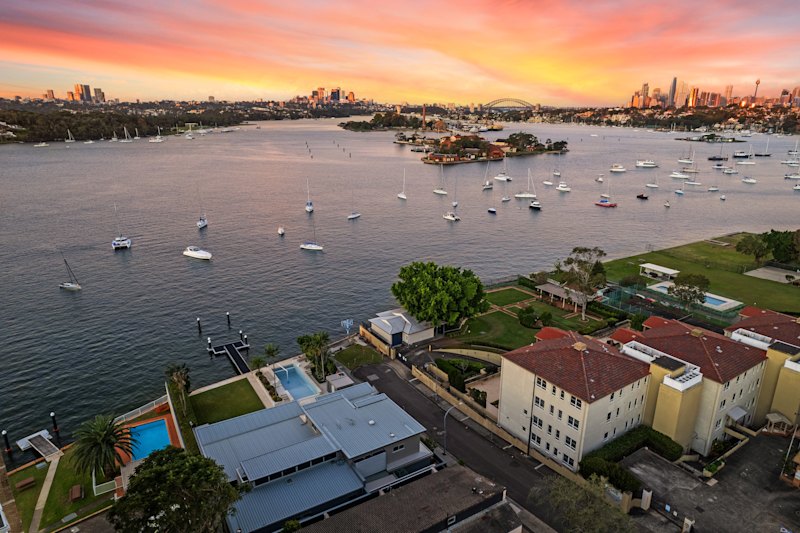'A life changer': Why Italy's $2 homes aren't always too good to be true

Mark Kopun was on a working holiday in Europe when his cousin sent him an article that would change his life trajectory.
In France for the snow season at the time, the 33-year-old Australian electrician was so excited by the article on homes for sale for just a euro (AUD$1.66) each in the sun-drenched Sicilian town of Mussomeli that he booked the first flight to Palermo.
“It was only a one hour flight away that cost nothing – like €60 – so I thought I’d be mad if I didn’t check it out.”
Kopun, who lives in Adelaide, had been on the hunt for an investment property in Australia for some time but prices were so high as to seem almost insurmountable.
Home to a mountaintop fortress so magical it’s dubbed “the enchanted castle”, Mussomeli is one of numerous rural hamlets, villages and towns in Italy to have offered historic homes for sale in recent years for the symbolic price of €1.
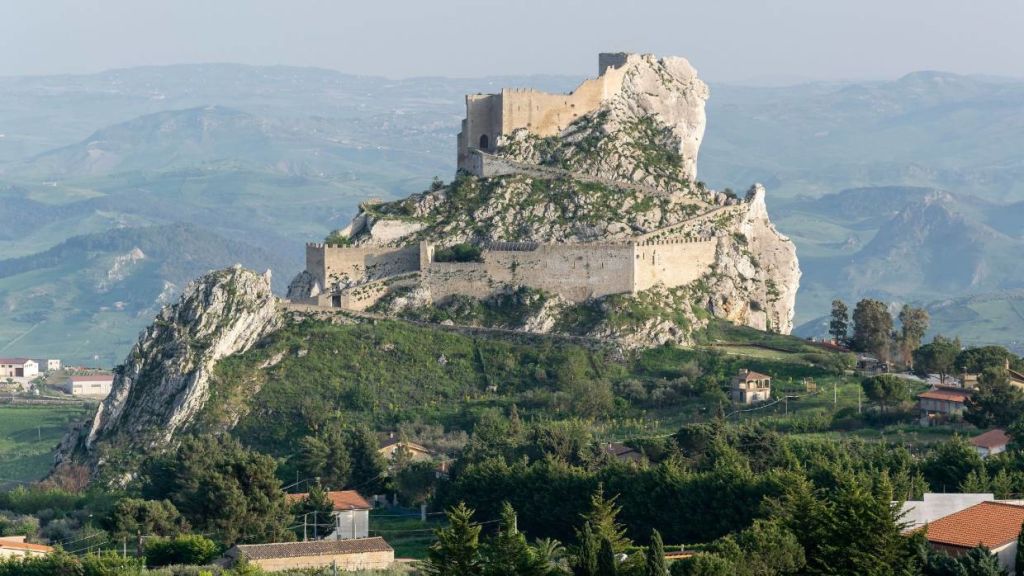
Municipal officials hope the sales will repopulate and revive communities which have been losing residents, particularly young people, to big cities for decades.
For anyone who’s fantasised about starting a new life under the rural Italian sun, the prospect of buying a historic home in an uncrowded part of Italy for the same price as a gelato sounds almost too good to be true. With homes in other parts of Italy commanding hundreds – and in some cases millions – of euro, it seems fair to wonder whether these towns are selling themselves short.
There is certainly a catch. Several in fact in certain areas. Many towns require new homeowners to commit to renovating their properties within a set timeframe, which, given the derelict state of some of the homes, can end up costing tens if not hundreds of thousands of euro. Buyers often have to pay a deposit of €5000 which they lose if they fail to complete the renovations on time.
Kopun, however, felt it was worth taking a chance on what could be a “fantastic investment opportunity”.
The drive from Palermo, the Sicilian capital, to Mussomeli, whose name stems from the Latin mons mellis (“hill of honey”) was so scenic, he says, that his gut told him he was onto a good thing before he even arrived. Surrounded by farmland dotted with Roman necropolises and traces of primitive settlements, the hilltop town, where cobblestone streets wind their way up to a medieval church, boasts “sensational views” over the Valley of Temples and out toward Mount Etna.
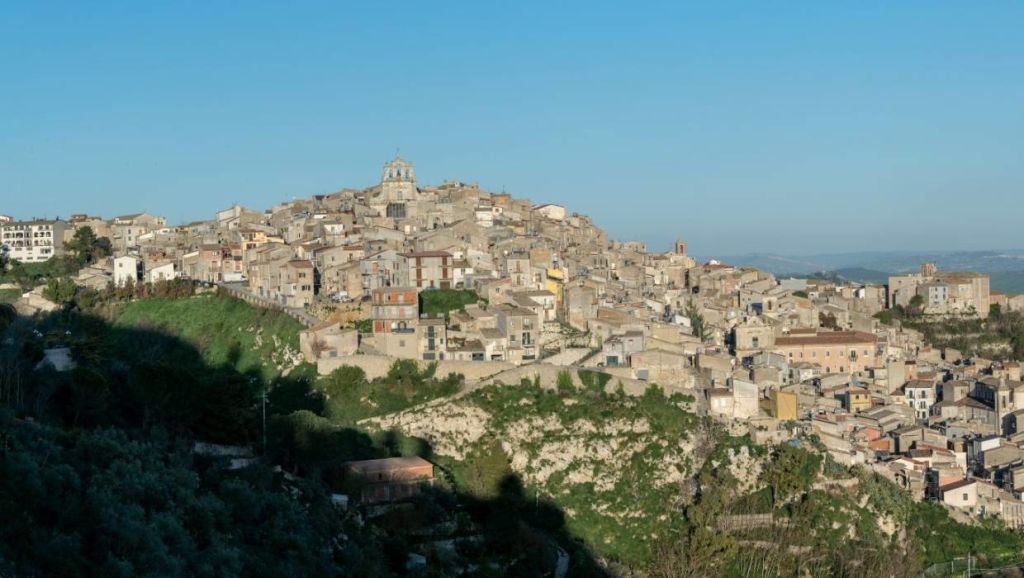
Setting eyes on it for the first time, Kopun, whose father is Italian, thought it looked “like something from a travel magazine”. A local man had agreed to meet him in the town hall to show him the one-euro homes on offer – a house hunting mission that ended up taking two days.
“They were all very different,” Kopun says. “In some, you could put down a bed and sleep there pretty much straight away, but others were falling down with dead birds and rats in the living rooms and bathrooms and absolutely dank. A couple of times, I opened the door and had to shut it again because of the smell.”
He narrowed his choices down to five, eventually setting on a three-storey home with high ceilings, a garage, terrace and the potential for a rooftop terrace.
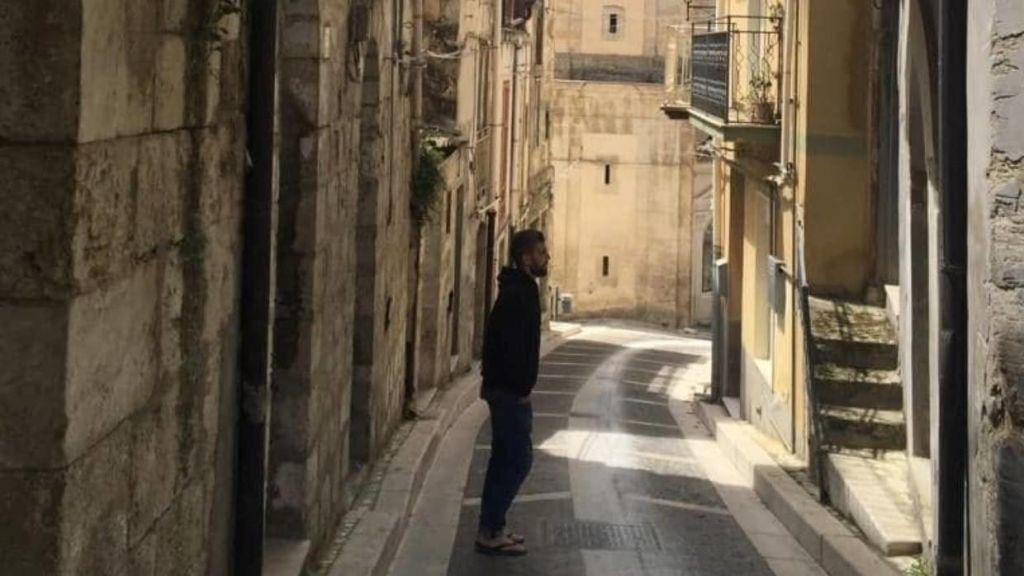
“I thought ‘this place is amazing. I could definitely live here’.”
When he learnt there would be little red tape if he wanted to set up a business in the premises, he was sold.
Kopun describes the place as in “pretty good condition”, although pictures of the interior show cracks in the walls and stained and ripped wallpaper.
He expects to spend between €15,000 and €20,000 (AUD$24,800 and AUD$33,000) on renovations and hasn’t had to commit to completing them in a certain amount of time.
He’s keen to do so within the next three years though, planning to live in the house and set up a health food or cafe downstairs.
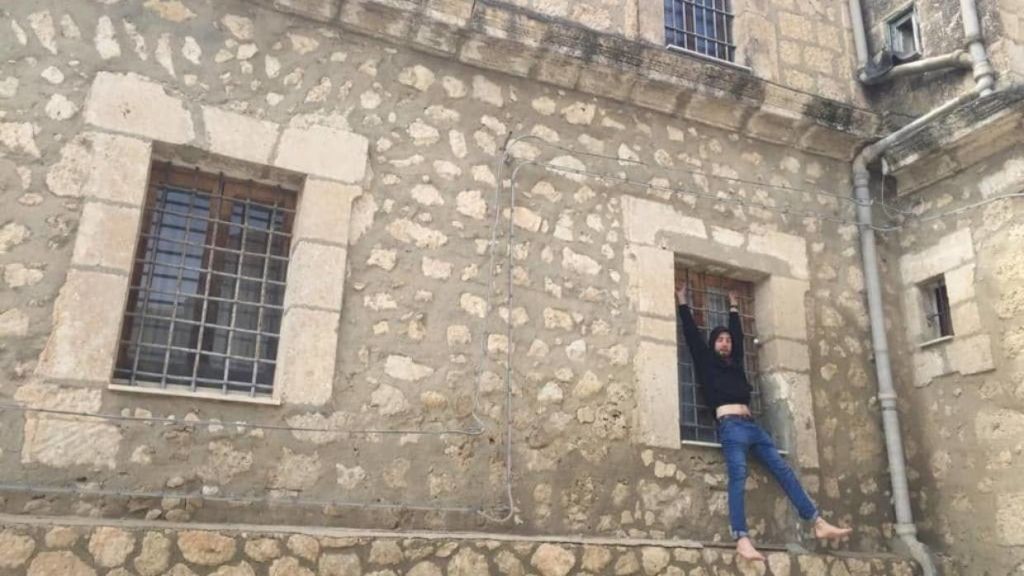
Kopun is convinced he’s landed himself an absolute bargain, finding it “bizarre” that you can still secure a house on a Mediterranean island “for nothing”.
“I can’t wait to go back there. At home, there are days I think “what am I saving for?” Is there really any point in getting a flash new car or spending my life savings on a house?”
Buying the home in Italy for little more than a song has, he says, given him a renewed sense of purpose; something to aim and work hard for.
“I’m getting a bit deep but it really has been a life changer.”
While Kopun hasn’t come across any other Antipodeans in Mussomeli, Europeans and North Americans have been snapping up the one-euro homes that have come up for sale in small rural settlements across Italy. Ollolai in Sardinia, Cantiano in Le Marche, Sambuca and Gangi in Sicily and Zungoli and Bisaccia in Campania are among the others whose mass sales have made international headlines, and others are following suit.
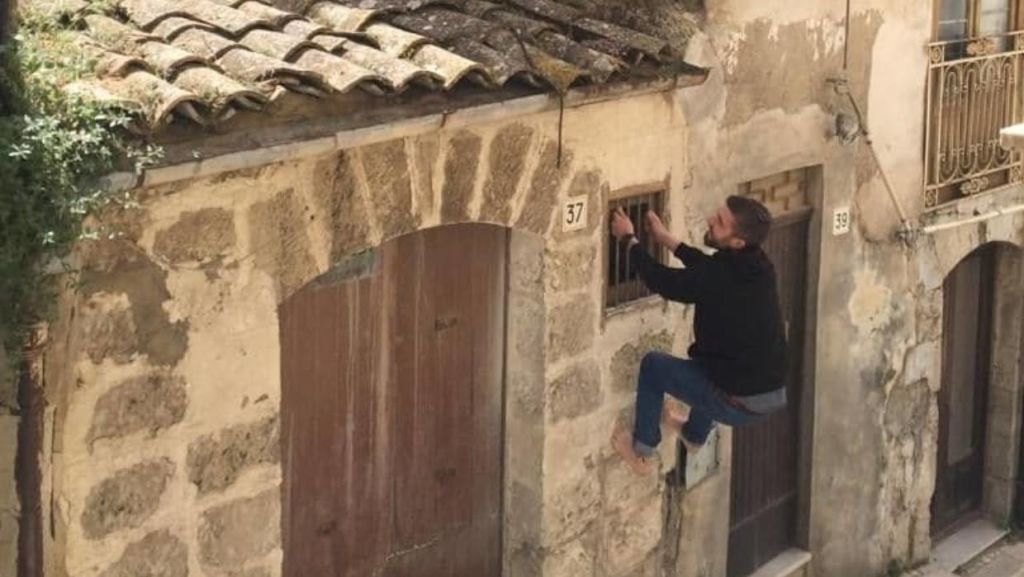
Maurizio Berti, a marketing consultant who created a website to explain and track the progress of one-euro homes in Italy, says about 500 houses have been sold so far. The rationale behind the cheap sales is clear. With once thriving settlements losing residents to cities in Italy and abroad, many are at risk of turning into ghost towns – if they haven’t met that fate already.
“At the end of the [second world] war, there was a great exodus of [agricultural] workers from the countryside to industrial cities and even abroad,” Berti said. “The countryside and mountain villages began a slow and steady decline that has continued to the present day.”
Overseas buyers are essentially saving their new homes and communities from going to rack and ruin.
All one-euro homes require “major renovations”, Berti said, while his website notes that some are “crumbling or dangerous”. That hasn’t dissuaded a lot of people though.
When news broke that Sambuca di Sicilia was selling historic homes at auction with a starting price of one euro, the municipality was inundated with emails from prospective buyers from around the world.
Officials received more than 110,000 email enquiries for the 16 empty homes on offer in the town, named the most beautiful in Italy in 2016, deputy mayor, Giuseppe Cacioppo, said.
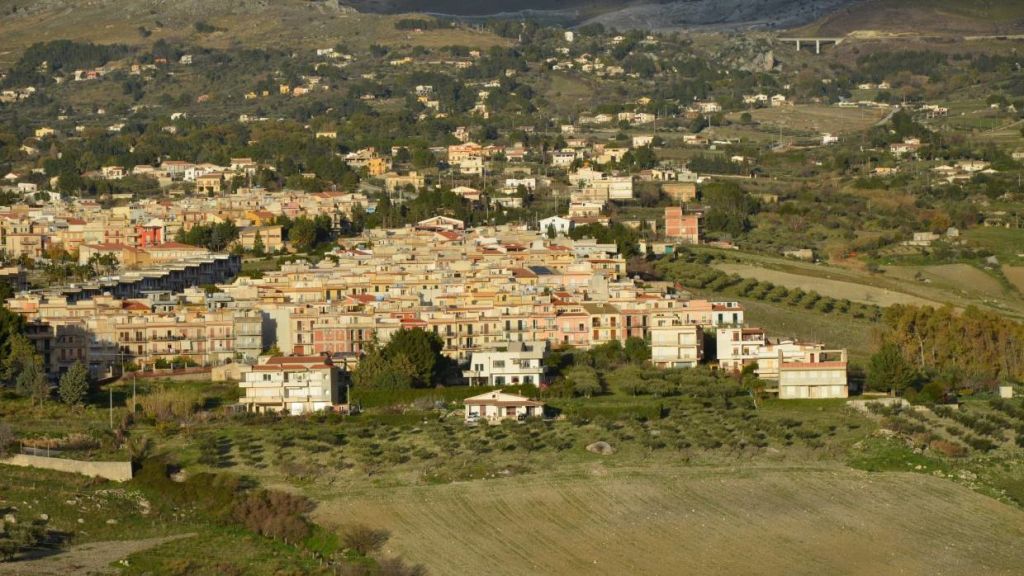
“The houses were all sold to non-Italian citizens – from the USA, Dubai, England, Scotland, Switzerland, France, Canada and many others,” Cacioppo told Stuff.
The sudden surge of interest in the dying town felt, as Cacioppo puts it, like a “peaceful revolution” of sorts. With the 16 homes quickly snapped up at auction, other residences were then offered for sale at higher prices.
“In one year, another 100 private homes were sold to citizens from Dubai, Poland, Argentina, San Francisco, Los Angeles, France, Lithuania, Germany, Hungary, Holland, Norway, Georgia, Jordan,” Cacioppo said. “What are the reasons for such luck? The beauty of Sambuca, the proximity to the sea [it’s about a 20 minute drive], the goodness of food and wines. In Sambuca there are 10 wineries that produce excellent wines. And then there is the antiquity of the monuments.”
Marie Ohanesian Nardin, who was born in Los Angeles and moved to the Venetian countryside in 1987, was cynical when she first read about one-euro homes on offer in Sambuca in January 2019.
“I brushed the campaign off as just another Italian town trying to rid themselves of very old homes. Knowing other towns had unsuccessfully tried to do the same in the past, I wasn’t interested,” she says.
When international media covered the auction and articles on it kept popping up on her social media feeds, however, she and her husband, a Venetian gondolier, arranged a trip to Sicily to take a closer look.
“We visited all of the 16 city-owned homes for sale. Many had a lot of potential. All needed a lot of work, something that didn’t frighten us, because we have restored a 200-year-old rustic home in Veneto and also managed the build of the home we now live in.”
After a few days in Sambuca, the couple knew they wanted to buy there, but gravitated more toward privately owned homes in the Saraceno quarter, which Nardin says is even more charming than the historic centre.
“The €1 homes were not exactly what we were looking for, and the amount of people interested in those homes greatly reduced our chance of having a bid accepted. Plus, and more than any other reason, we wanted a home in the Quartiere Saraceno.”
The couple paid “a bit more than the highest bid that was paid for the purchase of the €1 homes” for a “sound, solid structure” which, at about 80 square metres, is just the right size for them, Nardin said.
“The condition is good, especially for a building that is perhaps centuries old. It was well kept, too.”
Nardin, a writer, says they will probably spend between €40,000 and €50,000 to renovate the property. While they could get away with spending less if they simply upgraded the floors, windows and doors and did some painting, “we’ve decided to make it more suitable to our tastes and needs”.
“We are very lucky to have a team of professionals from Sambuca working on the restoration. We feel we are in good hands. The only thing that is a bit challenging is that our home – and from what I understand a few others around us – are not connected to the main methane gas line. The cost to extend the gas line to our home could be quite high. So we are considering other means of heating the house and water.”
The couple plan to spend as much time as possible in Sambuca in the coming years and invite family and friends to stay.
Nardin has found the town to be “Charming. Quiet. Welcoming… We like it very much. That, and it is in the middle of a gorgeous region. There’s a lake nearby; the sea is 20 minutes by car; vineyards and olive groves which produce delicious wine and olive oil abound; fabulous Greek ruins sit nearby on Mount Andranone and an hour away one can visit the Greek Temple and Archeological Park of Selinunte. Sambuca di Sicilia is a city that is culturally rich in its past and present celebrations, too. And there is the lovely Teatro Idea, the city theatre which offers a rich seasonal program.”
Her advice to others hoping to bag a bargain in rural Italy is to see the properties for themselves before making any decisions.
“Don’t purchase a home ‘sight unseen’ or without visiting the town. Contact a reputable real estate agent or architect in the area who will give you an estimate on work to be done. Also, to purchase a home, you’ll need an Italian tax number, which is not impossible to get, you just need to get through the paperwork. These professionals will be able to guide you there, too.
This article was first published on stuff.co.nz. Read the original article here.
We recommend
We thought you might like
States
Capital Cities
Capital Cities - Rentals
Popular Areas
Allhomes
More
- © 2025, CoStar Group Inc.
